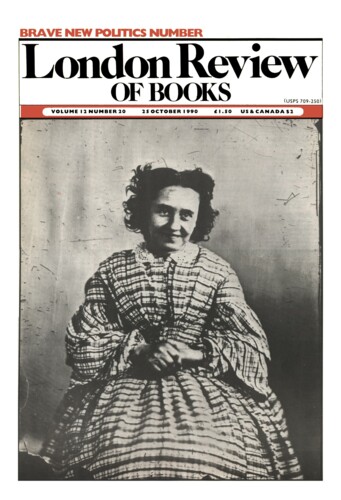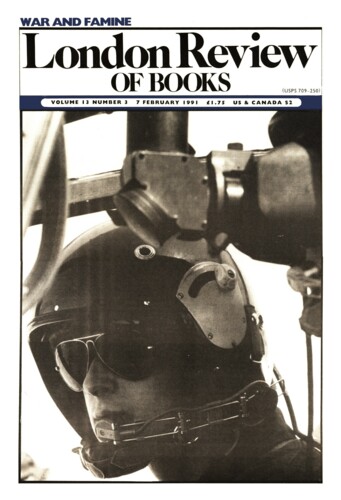The Road from Brighton Pier
William Rodgers, 26 October 1989
The triumvirate of Attlee, Bevin and Morrison that led Labour through the wartime coalition years and into its most fruitful period of office was representative of the pluralist nature of the Party. Clement Attlee was a Fabian socialist from a middle-class background; Ernest Bevin, born into poverty in rural Somerset, had created the Transport and General Workers Union; and Herbert Morrison, the shop assistant straight out of Mr Polly, had risen to influence through local government in London, including the leadership of the London County Council.



